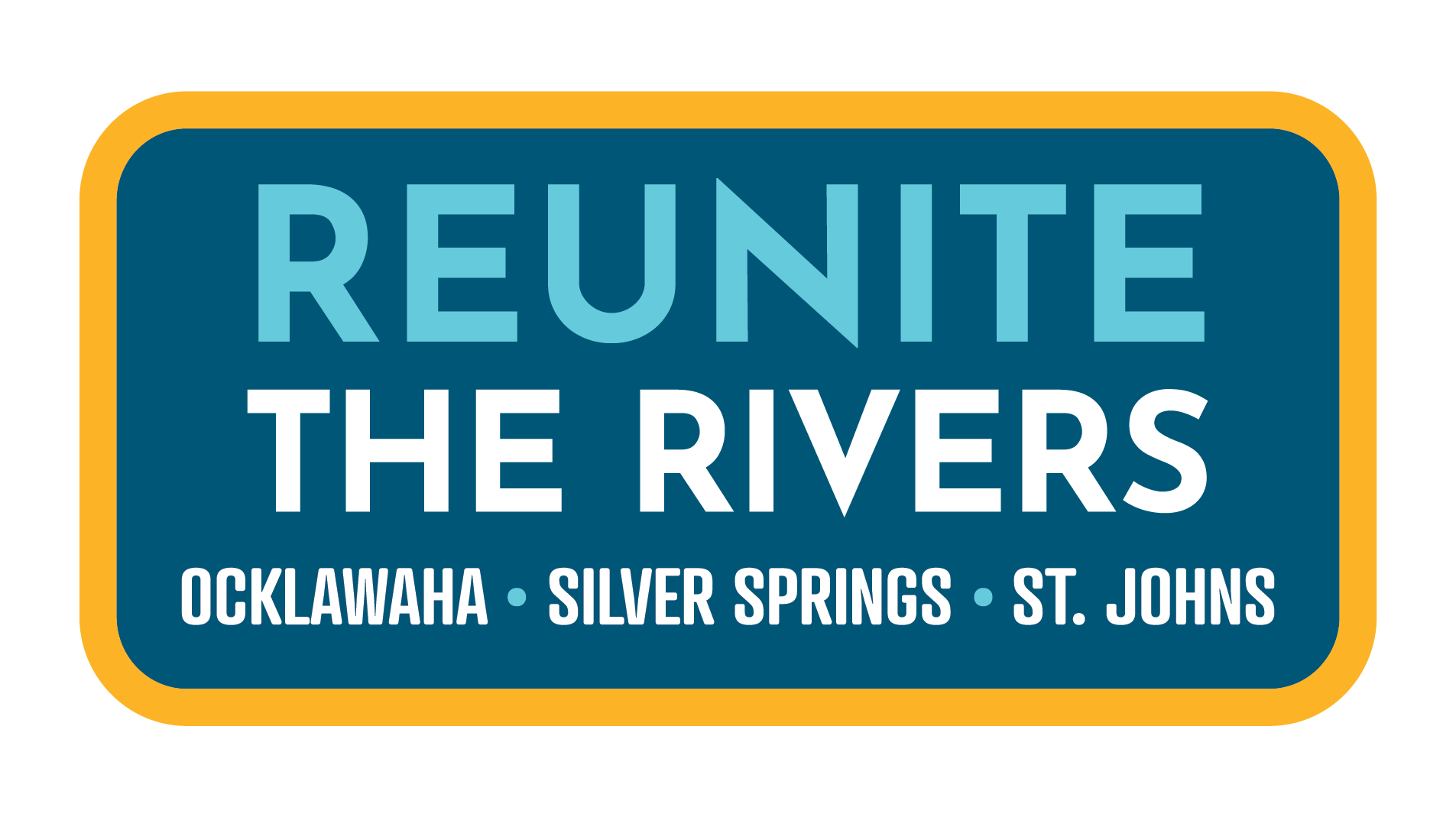Paynes Landing
Paynes Landing, called Cypress Bayou Public Boat Ramp, is near the historical site where the Treaty of Paynes Landing was signed in 1832. It is sad that the only reminder of this tragic event that led to the Second Seminole War and removed or pushed most of the remaining Seminoles out west or to the swamps of the Everglades is commemorated by a tin sign in the middle of the River.
The original boat launch is nearly always unusable, but kayaks and canoes can be launched down a treacherous secondary dirt road. Note: There is a Paynes Landing Boat Ramp on the east side of the river.
Location
Near Ft. McCoy, Florida
Hours: 8 am to Sunset
Schedule: 365 days a year
Cost/Fees: None
Amenities: Bank fishing, kayak soft launch down secondary dirt road.
Historic Significance
- 1832 Treaty of Paynes Landing implemented the Indian Removal Act of 1830.
- It mandated that all Native Americans living east of the Mississippi River would give up their rights to home in Florida in exchange for land in Oklahoma.
- This treaty led to the Second Seminole War and created what was is called “The Trail of Tears” sending Seminoles to Oklahoma with empty promises.
- Seven chiefs and eight subchiefs were coerced by negotiators to sign the Treaty, compared to 32 signers of the Treaty of Moultrie Creek.
- Seminole leader Osceola refused to sign it and Chief Jumper said it was not valid. Osceola’s defiance of the Treaty led to his imprisonment. Some say he put his knife through the treaty when asked to sign it.
- A trail from Payne’s Landing leads to a former Seminole village at Indian Lake Prairie.
